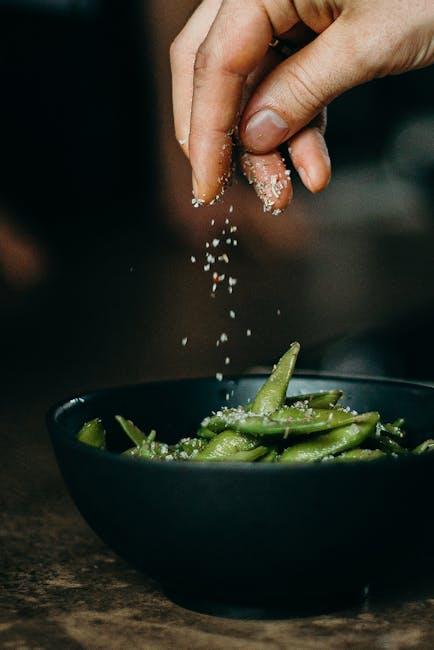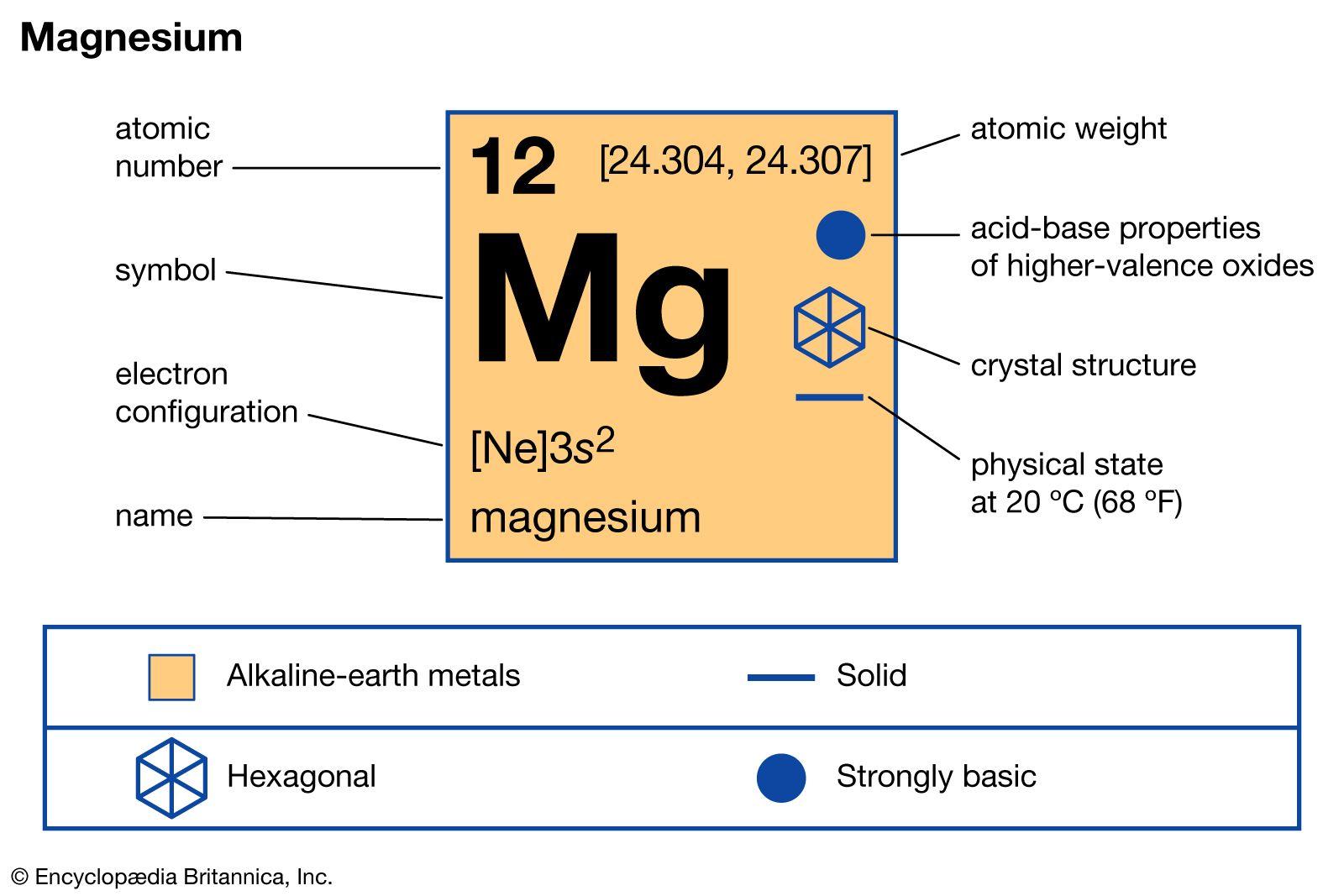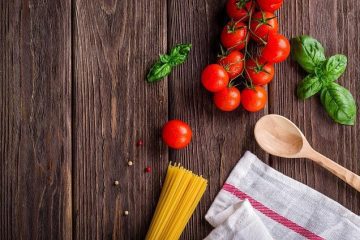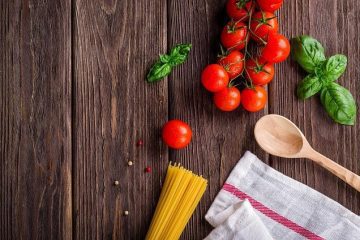Table of Contents
- Exploring the Benefits of Magnesium for Optimal Health
- Top Food Sources Packed with Magnesium
- Delicious Recipes to Boost Your Magnesium Intake
- Understanding Magnesium Deficiency and Its Impact
- Incorporating Magnesium-Rich Foods into Your Daily Diet
- Q&A
- The Conclusion


Exploring the Benefits of Magnesium for Optimal Health
Magnesium is an essential mineral crucial for numerous bodily functions, including muscle and nerve function, blood sugar regulation, and the synthesis of protein. Notably, it helps maintain bone health and levels of energy production. A deficiency in magnesium can lead to a range of health issues such as muscle cramps, fatigue, and more serious conditions like osteoporosis or heart diseases. By increasing your intake of magnesium-rich foods, you can promote overall well-being and support the body’s natural processes.
Including magnesium in your diet can be easier than you think, as several foods are naturally high in this vital nutrient. Consider incorporating the following foods into your meals:
- Leafy Greens: Spinach, Swiss chard, and kale are not only rich in magnesium but also packed with vitamins and other minerals.
- Nuts and Seeds: Almonds, cashews, and pumpkin seeds are great snacks that provide a good magnesium boost.
- Whole Grains: Foods like brown rice, quinoa, and oatmeal not only serve as excellent energy sources but also improve your magnesium intake.
For those looking to track their magnesium intake or incorporate specific foods into their diet, the following table highlights some common foods rich in magnesium along with their approximate magnesium content:
| Food Item | Magnesium Content (mg per 100g) |
|---|---|
| Spinach (cooked) | 87 |
| Almonds | 270 |
| Black Beans | 70 |
| Quinoa (cooked) | 64 |
| Dark Chocolate | 327 |
By diversifying your diet with these magnesium-rich foods, you’ll not only avoid deficiencies but also enjoy a variety of flavors and textures that enhance your meals. Focusing on a balanced diet that prioritizes these nutrient-dense options is a step towards achieving optimal health and vitality.


Top Food Sources Packed with Magnesium
Magnesium is essential for our overall health, playing a critical role in numerous bodily functions, from energy production to muscle function. Incorporating foods rich in this vital mineral can help maintain optimal health. Start your journey to better magnesium intake by including the following food sources:
- Leafy Greens: Spinach, kale, and Swiss chard are not only low in calories but also incredibly rich in magnesium. A cup of cooked spinach can provide nearly 157 mg of magnesium.
- Nuts and Seeds: Almonds, cashews, and pumpkin seeds are fantastic snacks that pack a magnesium punch. A handful of almonds (approximately 28g) offers about 76 mg of magnesium.
- Whole Grains: Foods like brown rice, quinoa, and whole wheat bread contribute significantly to your magnesium intake. A cup of cooked quinoa provides approximately 118 mg of this important mineral.
Moreover, certain legumes and fish are outstanding sources as well. Legumes such as black beans and lentils are not just high in fiber; they also deliver a hearty dose of magnesium. For example, one cup of cooked black beans can provide roughly 120 mg. Meanwhile, oily fish like salmon and mackerel not only offer omega-3 fatty acids but also a good amount of magnesium.
| Food Source | Magnesium Content (mg) |
|---|---|
| Spinach (cooked, 1 cup) | 157 |
| Almonds (28g) | 76 |
| Quinoa (cooked, 1 cup) | 118 |
| Black Beans (cooked, 1 cup) | 120 |
| Salmon (3 oz) | 26 |
Incorporating these food sources into your diet can significantly contribute to your daily magnesium needs. By diversifying your meals with these nutrient-rich options, you can promote better health and well-being while enjoying vibrant flavors and textures.


Delicious Recipes to Boost Your Magnesium Intake
Incorporating magnesium-rich foods into your meals can be both enjoyable and rewarding. Start the day with a nutrient-packed breakfast by creating a spinach and feta omelet. Simply whisk together eggs, toss in fresh spinach, and sprinkle with feta cheese. This dish not only provides a healthy dose of magnesium but also offers a delicious way to kickstart your morning. Pair it with a side of whole grain toast for an extra boost of fiber!
For a wholesome lunch option, consider a quinoa salad. Combine cooked quinoa with black beans, diced avocados, cherry tomatoes, and a squeeze of lime juice. This colorful mix is not only tasty but also makes for a hearty dish rich in magnesium. Feel free to toss in some pumpkin seeds for added crunch and nutrition. The healthy fats from the avocado complement the diverse textures, making it a satisfying meal to keep you energized throughout the day.
If you’re looking for a delightful way to end your day, whip up a dark chocolate and almond snack. Combine a small handful of almonds with a few pieces of high-quality dark chocolate (70% cacao or higher). This simple snack is not only indulgent but also serves as a great source of magnesium. To visualize how these foods stack up, the table below showcases their magnesium content:
| Food Item | Mg Content (per 100g) |
|---|---|
| Spinach | 79 mg |
| Quinoa | 64 mg |
| Dark Chocolate | 327 mg |
| Almonds | 268 mg |


Understanding Magnesium Deficiency and Its Impact
Magnesium plays a vital role in numerous bodily functions, including nerve transmission, muscle contraction, and regulating blood pressure. Unfortunately, many people do not get enough of this essential mineral, leading to deficiency. Symptoms of magnesium deficiency can be subtle at first, but they often escalate into chronic issues if left unaddressed. Common signs include muscle cramps, fatigue, irritability, and even heart arrhythmias. Understanding the implications of inadequate magnesium levels is crucial for maintaining overall health and well-being.
Long-term magnesium deficiency can also contribute to more serious health problems like osteoporosis, anxiety, and cardiovascular diseases. The mineral is essential for maintaining bone density and strength; without it, bones may weaken over time. Furthermore, magnesium is instrumental in regulating the body’s stress response, influencing multiple neurotransmitter functions. This interplay highlights the importance of ensuring adequate magnesium intake not only for physical health but also for mental clarity and emotional stability.
To combat deficiency, incorporating magnesium-rich foods into your diet is imperative. Here’s a brief overview of some foods that are excellent sources of magnesium:
| Food Source | Magnesium Content (mg per 100g) |
|---|---|
| Spinach | 79 |
| Almonds | 268 |
| Black Beans | 70 |
| Avocado | 29 |
| Dark Chocolate (70-85% cacao) | 228 |
By focusing on these food sources, individuals can take proactive steps towards preventing magnesium deficiency and promoting overall health. Each food listed not only provides magnesium but also delivers a range of additional nutrients that support the body’s functions. Making these foods a staple in your diet is an effective strategy to boost magnesium levels and enhance vitality.


Incorporating Magnesium-Rich Foods into Your Daily Diet
Integrating magnesium-rich foods into your meals can be both simple and delicious. Incorporate leafy greens such as spinach, kale, and Swiss chard into your salads or smoothies. These vibrant vegetables not only enhance the nutrient profile of your dishes but also provide a burst of flavor. Pair them with a sprinkle of nuts and seeds, such as pumpkin seeds or almonds, to not only increase magnesium intake but also add a delightful crunch.
Legumes serve as another excellent source of magnesium. Including black beans, chickpeas, and lentils in your soups, stews, and salads can help you meet your daily magnesium goals. Try making a hearty bean chili or a refreshing chickpea salad as a main course or side dish. Don’t forget that whole grains like quinoa, brown rice, and oats are also packed with this essential mineral. Cooking up a warm bowl of oatmeal for breakfast or adding quinoa to your lunch can dramatically enhance your magnesium levels.
| Food Item | Magnesium (mg per 100g) |
|---|---|
| Spinach | 79 |
| Almonds | 268 |
| Black Beans | 70 |
| Quinoa | 64 |
Don’t overlook the benefits of incorporating dark chocolate into your treats as it is also a great source of magnesium. Whether enjoyed as a small piece after dinner or used in baking, this sweet option can offer both pleasure and health benefits. As you structure your meals, consider creating a balance across food groups, ensuring a varied intake of magnesium-rich options each day. By diversifying your choices, you’ll not only enjoy unique flavors and textures but also nourish your body effectively.




0 Comments